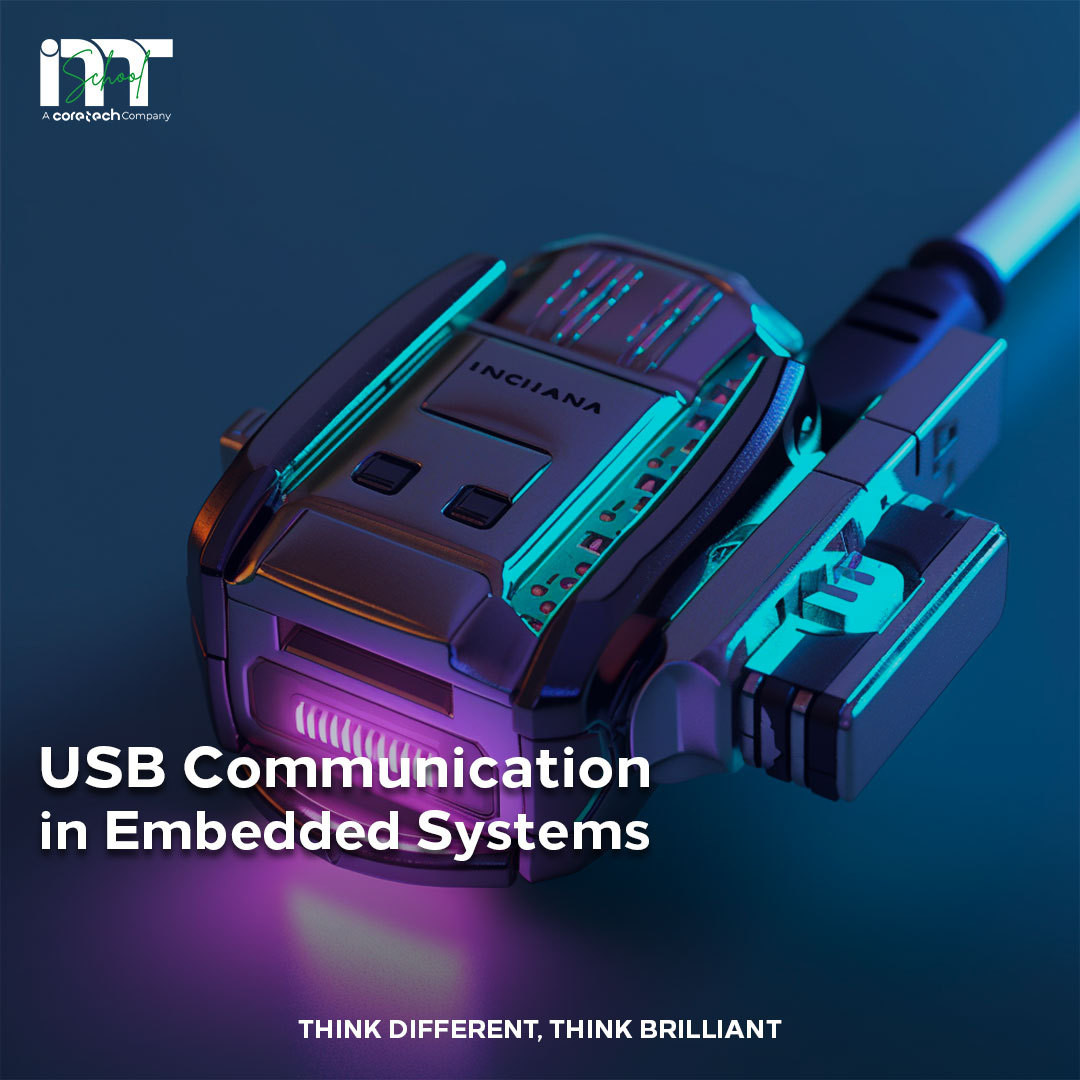
USB Communication in Embedded Systems!
🔌📡 Diving into the World of USB Communication in Embedded Systems! 🎛️🚀
Universal Serial Bus (USB) is a commonly used interface in embedded systems, offering a reliable and efficient way to communicate with peripherals like keyboards, mice, cameras, and more. From a simple flash drive to complex devices like smartphones, USB has revolutionized the way devices connect and communicate. 🖱️📷
USB communication has multiple advantages, including high-speed data transfer, plug-and-play capability, and the ability to supply power to peripheral devices. Let's unwrap the key features of USB communication:
1️⃣ Speed: USB supports various data rates, including Low Speed (1.5 Mbps), Full Speed (12 Mbps), High Speed (480 Mbps), SuperSpeed (5 Gbps), and SuperSpeed+ (10 Gbps).
2️⃣ Plug-and-Play: USB devices can be connected and disconnected without restarting the system. The host controller can recognize a device as soon as it's plugged in, a feature known as hot-plugging.
3️⃣ Power Supply: USB can supply power to peripheral devices, reducing the need for separate power cables.
4️⃣ Versatility: USB is versatile, supporting a wide range of devices, from simple input peripherals to complex storage and multimedia devices.





